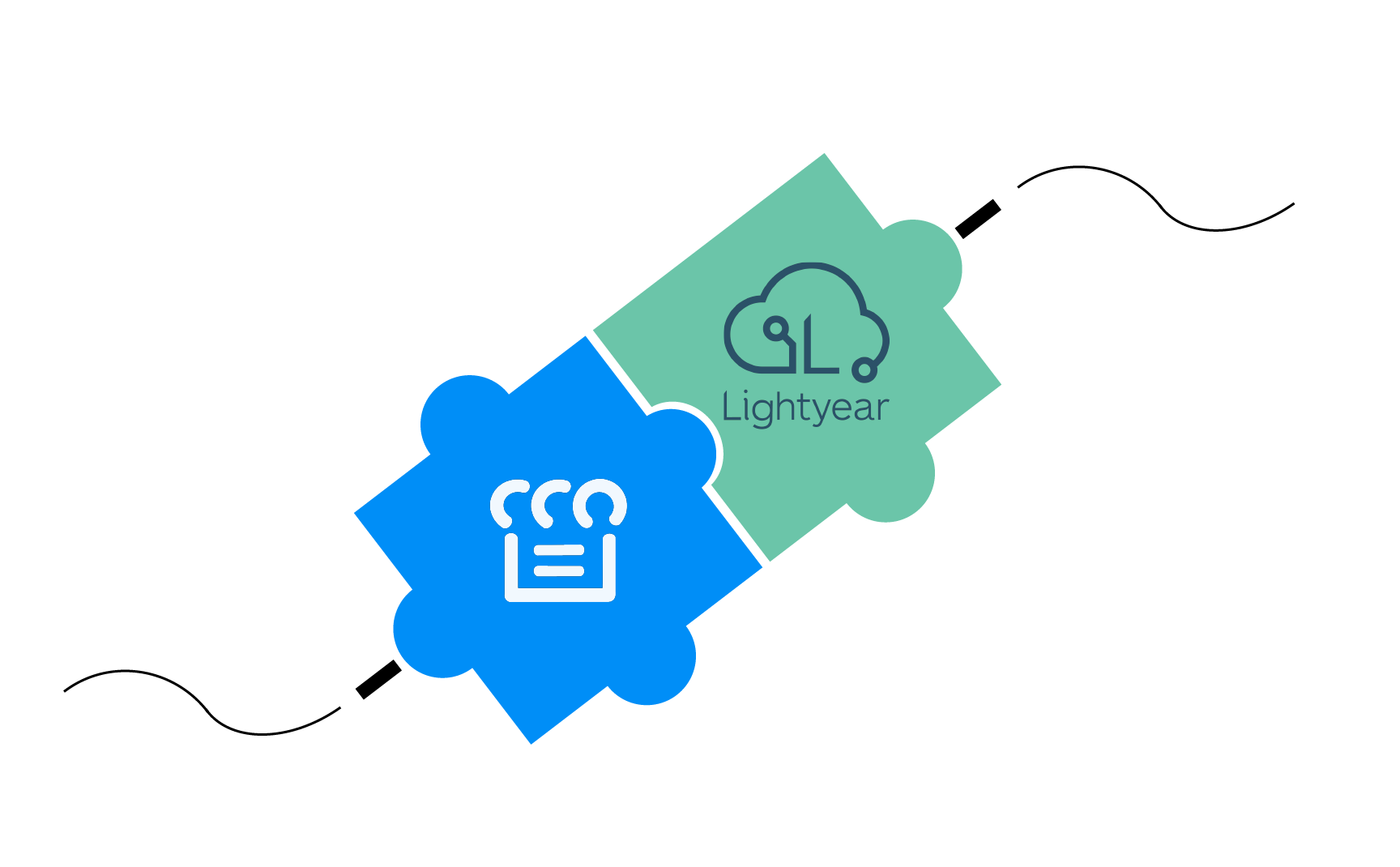Chef Notepad Boosts Accuracy by Integrating with LIGHTYEAR.
Chef Notepad has now integrated with Lightyear, a tool that efficiently reads invoices and establishes links with various accounting platforms. This exciting collaboration enables you to update all your prices on Chef Notepad with just 2 clicks, ensuring a live and accurate calculation of your food cost percentage.
This represents an excellent method to maintain in control on your pricing.


